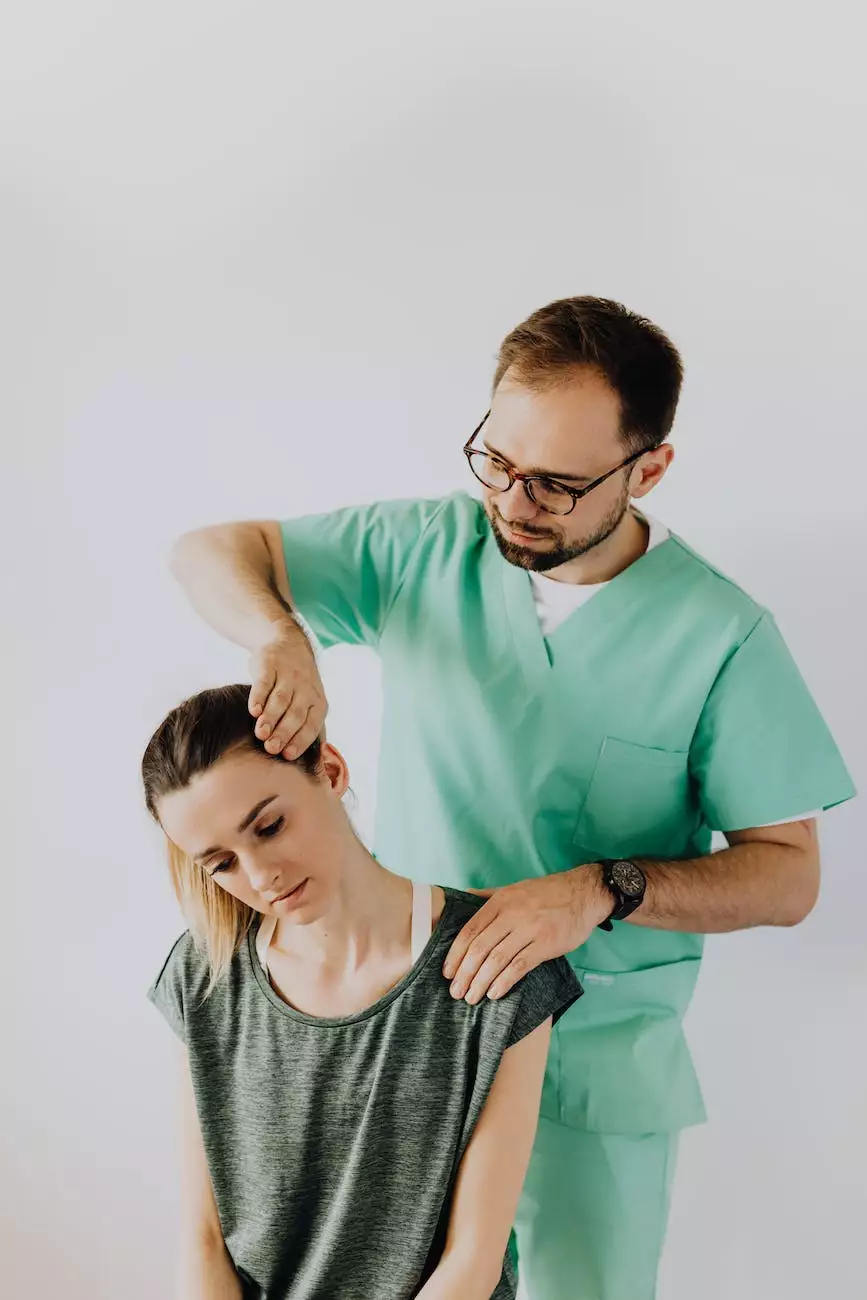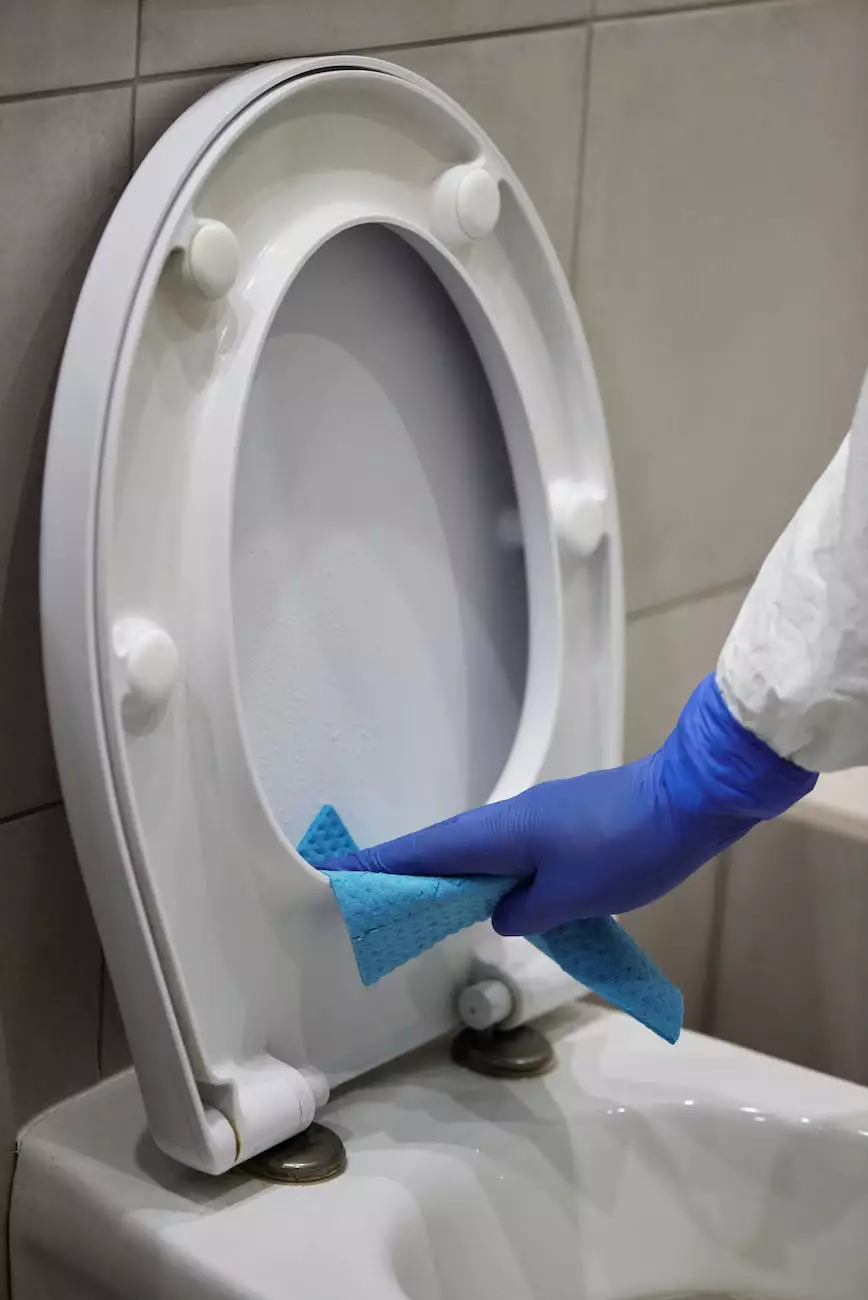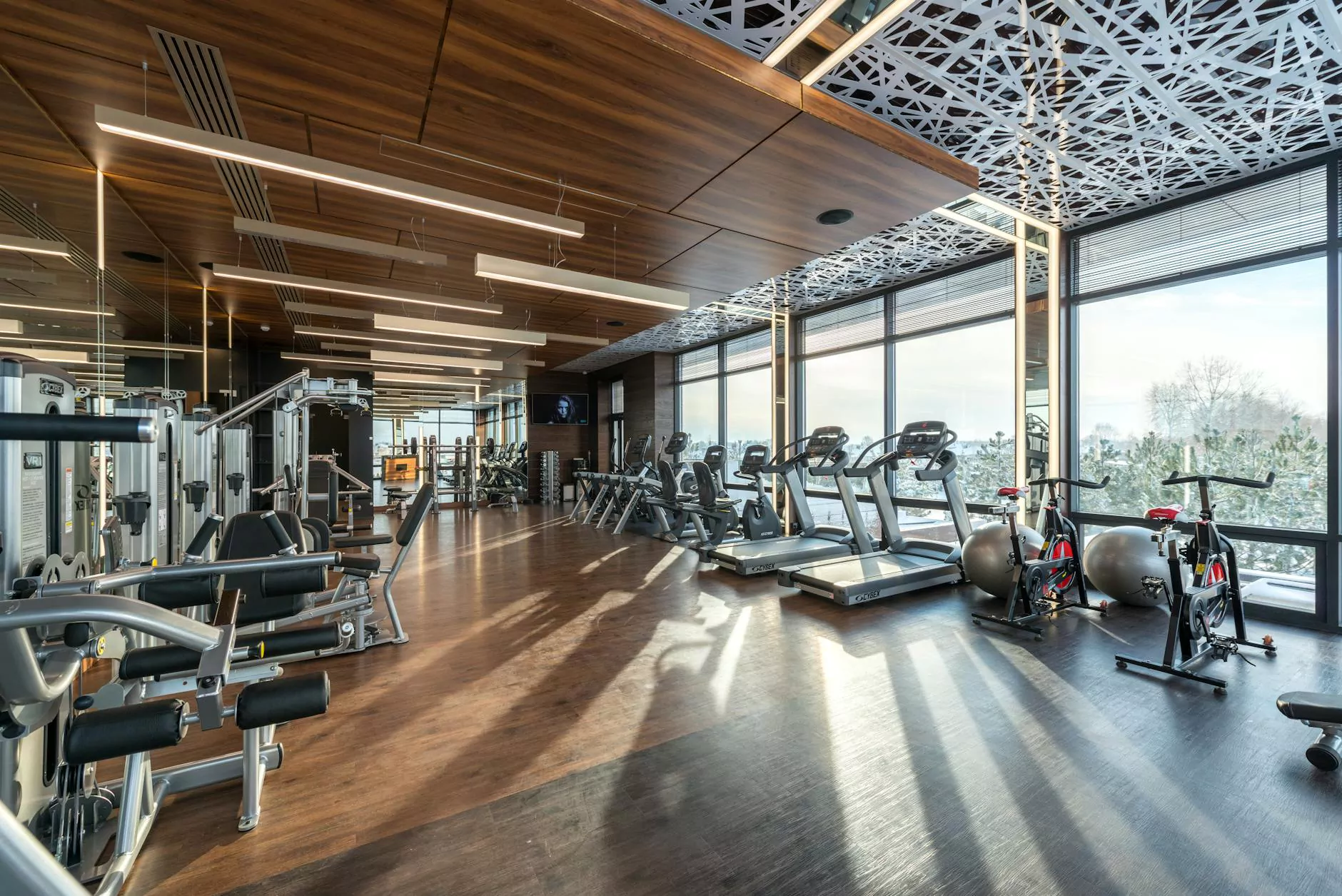Athletes and Meniscus Tears: The Need-to-Know Basics
Orthopedic Surgery
The Importance of Understanding Meniscus Tears in Athletes
Athletes put their bodies through rigorous physical activities, subjecting their joints to immense pressure and strain. One common injury that affects athletes, especially those involved in high-impact sports, is meniscus tears. Understanding the basics of meniscus tears is crucial for both athletes and healthcare professionals alike.
What Are Meniscus Tears?
A meniscus tear refers to a tear or damage to the meniscus, which is a piece of fibrocartilage located between the knee bones. The meniscus acts as a cushion and helps stabilize the knee joint, absorbing shock during activities such as running, jumping, and twisting. When the meniscus is torn, it can lead to pain, swelling, and restricted knee movement.
Causes of Meniscus Tears in Athletes
Meniscus tears in athletes can occur due to various factors, including:
- Direct trauma to the knee during sports activities
- Sudden twisting or pivoting motions
- Repetitive stress and overuse
Athletes involved in sports like football, basketball, soccer, and skiing are particularly susceptible to meniscus tears.
Signs and Symptoms of Meniscus Tears
Meniscus tears often present with the following signs and symptoms:
- Knee pain, especially during movement or weight-bearing activities
- Swelling and stiffness in the affected knee
- Popping or clicking sensations
- Difficulty fully straightening or bending the knee
Diagnosis and Treatment Options
If you suspect a meniscus tear, it is essential to seek medical attention for an accurate diagnosis. A thorough examination, including a review of symptoms and physical tests, may be performed by an orthopedic specialist.
Diagnostic imaging, such as X-rays or MRI scans, can help visualize the extent and location of the meniscus tear. Once diagnosed, appropriate treatment options can be recommended based on the severity of the tear:
1. Non-Surgical Treatments
For minor tears or tears in the outer edge of the meniscus, non-surgical treatments may be sufficient. These can include:
- Rest, ice, compression, and elevation (R.I.C.E)
- Physical therapy exercises to strengthen the knee and surrounding muscles
- Bracing or the use of assistive devices to take weight off the affected knee
2. Surgical Interventions
Severe meniscus tears or tears in the inner edge of the meniscus may require surgical intervention. Common surgical procedures include:
- Arthroscopic meniscus repair: The torn meniscus is stitched back together using specialized instruments and small incisions.
- Partial meniscectomy: The damaged part of the meniscus is removed, allowing healthy tissue to remain.
- Meniscus transplant: In some cases, a donor meniscus may be used to replace the damaged meniscus.
Post-surgery, a comprehensive rehabilitation program is crucial to regain strength, stability, and full functionality of the knee.
Preventing Meniscus Tears in Athletes
While some meniscus tears are unavoidable, athletes can take several preventive measures to minimize the risk:
- Dynamic warm-up exercises before engaging in physical activities
- Proper training techniques, focusing on landing mechanics and cutting motions
- Using protective gear such as knee pads
- Gradually increasing intensity and duration of sports involvement
Regular exercise, maintaining a healthy weight, and listening to your body's signals are also important components of injury prevention.
Consulting with Bowling Orthopaedics
If you are an athlete or involved in sports activities and suspect a meniscus tear, seek professional help to ensure an accurate diagnosis and appropriate treatment plan. Bowling Orthopaedics specializes in sports medicine and orthopedic care, providing comprehensive solutions to meniscus tears and various musculoskeletal injuries.
Our experienced team of orthopedic specialists will guide you through the diagnosis, treatment, and rehabilitation process, ensuring a safe and speedy recovery. Contact Bowling Orthopaedics today to schedule an appointment and take the first step towards healing and returning to your active lifestyle!




